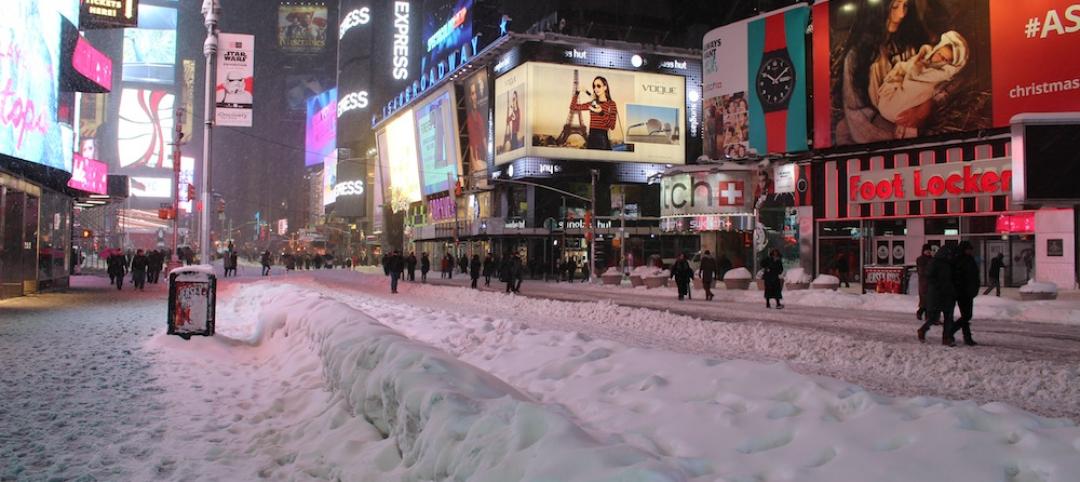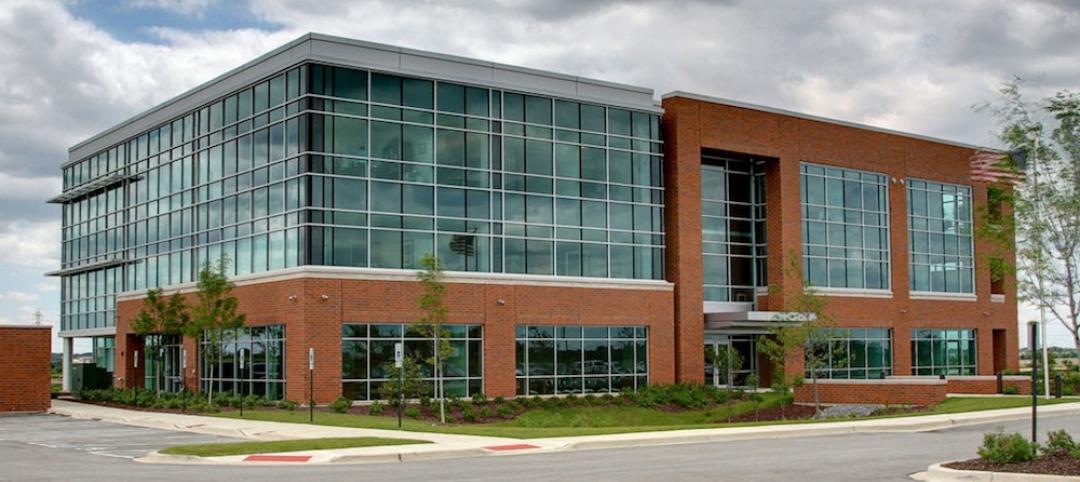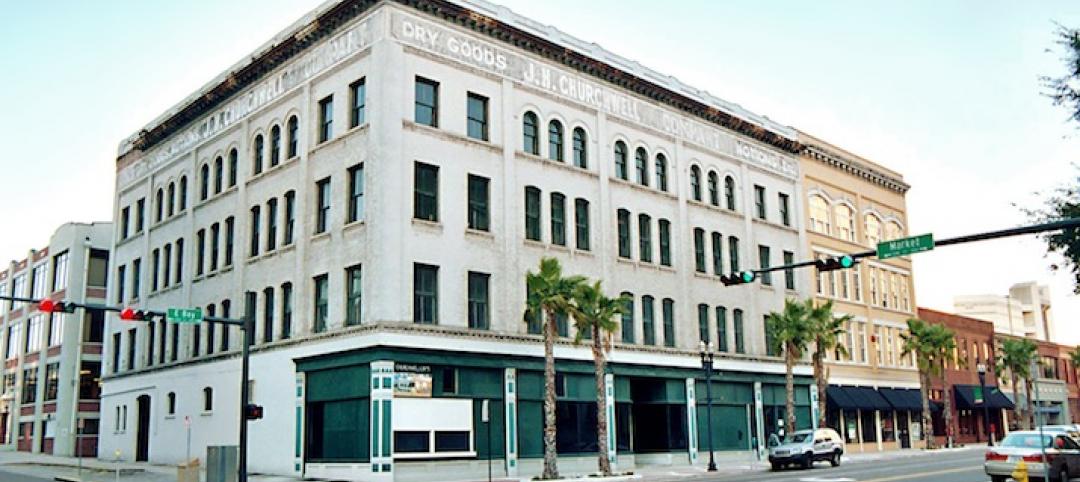The U.S. Department of Energy says that facilities that install renewable energy systems are reaping considerable savings.
Examples include:
• Retailer Best Buy installed solar panels and upgraded energy conservation to realize a cost savings of 25% over the course of four years at a site in Richfield, Minnesota.
• A rooftop solar unit at a Super 8 motel in Ukiah, California provides 60% of the electric power and 100% of the hotel’s hot water production for guestrooms and the hot tub.
• Discovery Elementary School, in Arlington County, Virginia, reports that the 97,588 sf facility operates at a 66% lower energy use intensity (EUI) compared to the district’s average.
• Suncoast Credit Union in Bushnell, Florida, upgraded its service center with solar electric systems. After its first year, the facility delivered more than 31 megawatt-hours (MWh) to the grid and used 25 MWh to become a zero-energy building.
The payback on renewables for public and institutional clients is usually 15 years or shorter. In the private sector, typical paybacks are five to seven years.
Related Stories
Cultural Facilities | Mar 1, 2016
China bans ‘weird’ public architecture, gated communities
Directs designers of public buildings to focus on functionality.
Energy Efficiency | Feb 23, 2016
Economists, energy efficiency practitioners need to work together for better cost/benefit studies
Flawed energy efficiency research yields misleading, confusing results.
Codes and Standards | Feb 16, 2016
New York City implements new crane safety plan following deadly accident
The plan includes restrictions on crawler cranes during windy conditions.
Resiliency | Feb 16, 2016
Obama establishes federal earthquake risk management standard
The standard requires federal agencies to use earthquake-resistant design provisions in current building codes.
Codes and Standards | Feb 12, 2016
ISO releases national assessment and state-by-state building codes evaluation
Report covers 87% of U.S. population.
Codes and Standards | Feb 12, 2016
Huge fraud case involving alleged engineering impostors uncovered in California
Hundreds of buildings may have to be demolished.
Codes and Standards | Feb 11, 2016
New York governor makes emergency design-build authorization
The declaration was issued in response to Winter Storm Jonas which dumped over 18 inches of snow in parts of the state.
Green | Jan 29, 2016
USGBC names top 10 states for LEED green building
Illinois leads the list for the third straight year.
Codes and Standards | Jan 25, 2016
Dept. of Energy releases decision guides for plug and process loads
Plug and process loads consume about 30% of the primary energy in U.S. commercial buildings today.
Codes and Standards | Jan 22, 2016
ConsensusDocs releases new multi-party IPD agreement and joining agreement
The documents serve as a comprehensive revision of previous IPD agreement

















